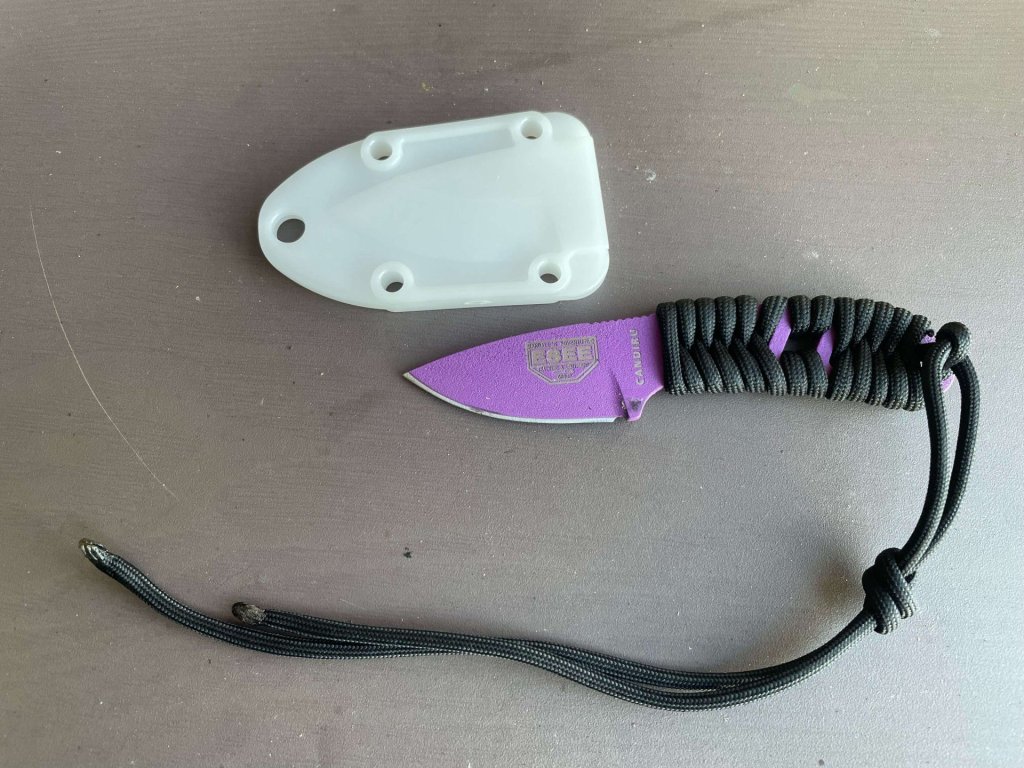
“There is an inverse relationship between reliance on the state and self-reliance.” ~William F. Buckley, Jr.
A while back, I posted my ESEE Izula mods article. This time around, I’m publishing an article on how to wrap an ESEE Candiru with paracord, since I failed to mention how to wrap an Izula in the previous post.
Now, if you’re not familiar with the Candiru, it’s one of the best small fixed blades out there, and the price point isn’t too ambitious to make it offensive.
There’s just one thing about the ESEE Candiru. It’s tiny. Like, really tiny.
Now, I appreciate a small knife, and I’ve generally been of the conviction that, with few exceptions, a small knife can do what a large knife can do, with the rare exclusion of brute chopping.
The Candiru fits that bill. It is insanely tough. I would baton through oak with this thing and not think twice about it.
The blade size doesn’t faze me. It’s the tang. It’s just a tad short and I don’t even really have big hands.
So, what can we do?
Well, one option is to buy scales from ESEE or some other manufacturer like The Knife Connection.
But that costs money and it’s prefab. Why pay someone else when you can solve the problem yourself and take pride of ownership?
What I do (generally) is wrap the tangs with paracord. Here’s how to do it.
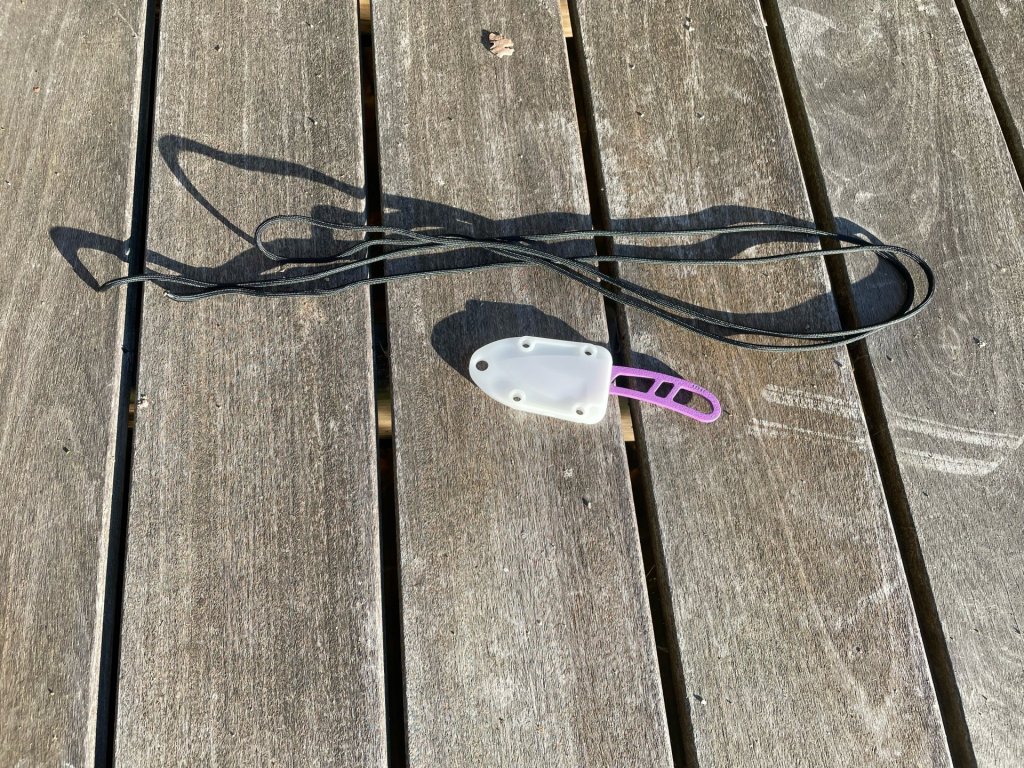
For this hack, you will need about three feet of paracord. For my Izula, I used a bright, high-visibility color for reasons that should be apparent but which I will nonetheless explain slightly later in this post. However, for this Candiru, I’m using black paracord that I think looks better with the purple powder coat on the blade. Also, I said you need three feet and I’m aware there’s more than that in the image. I took the picture before I trimmed the excess cordage.
Find the midway point of the paracord, then fold it back on itself.
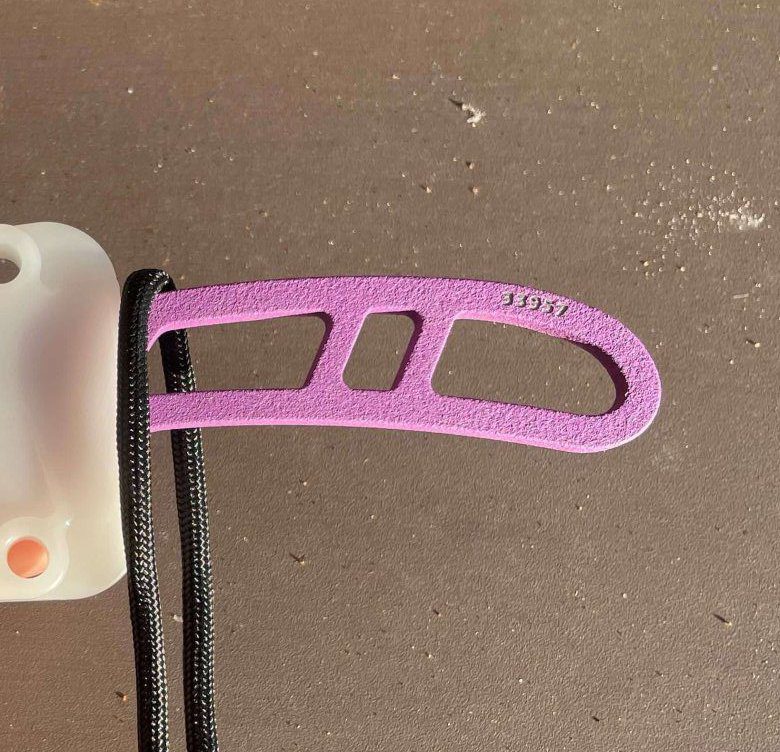
Line up the midway point with the base of the tang where the skeletonization begins, as illustrated in the image below.
Begin your wrap by looping the paracord around the outside of the tang, then back through the skeletonized center, then repeat that process on the other side.
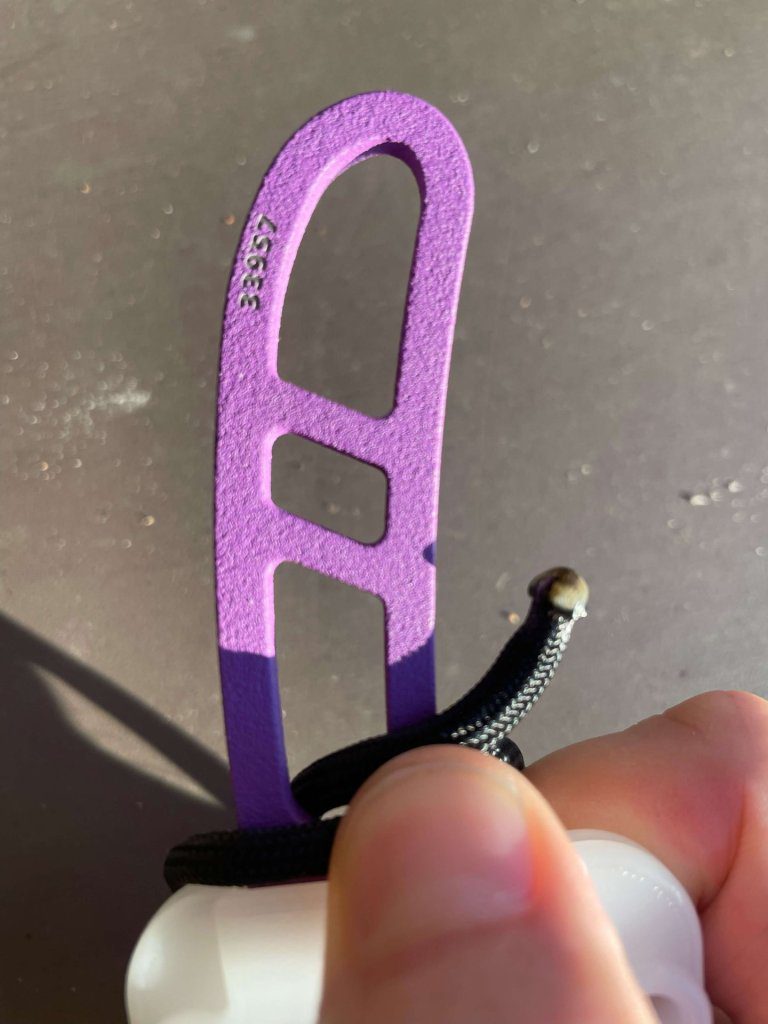
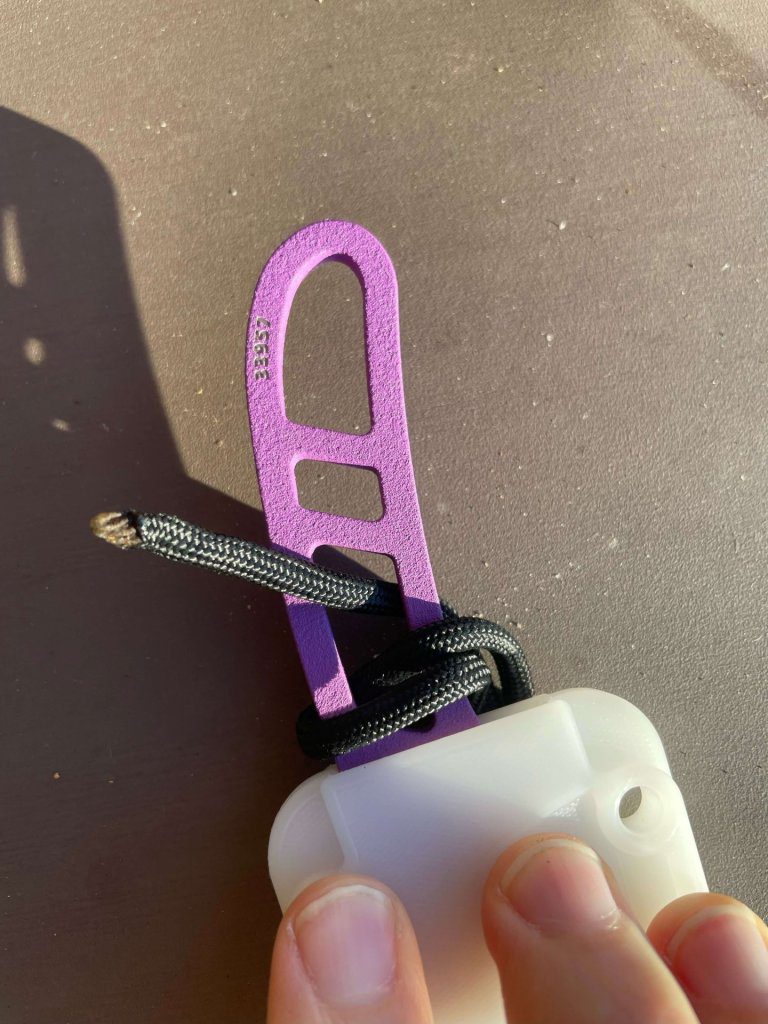
Keep a good deal of tension in the paracord as you work because when you’re done you don’t want the cord to be slipping up and back on the tang.
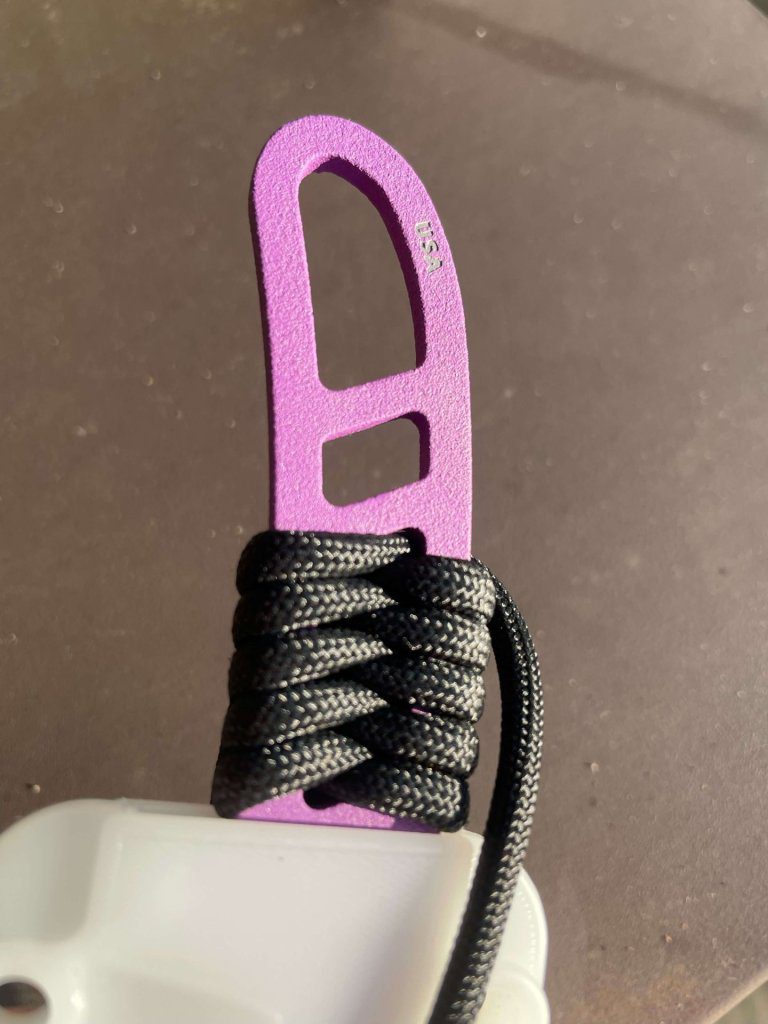
Continue this process until you get to the end of the tang, then draw both tag ends through the last hole and pull tight. Secure with a square knot, then either trim or create a lanyard as I have. To finish off the lanyard, create an overhand knot as shown in the image below to secure the paracord so it doesn’t unravel. I prefer to leave a little bit of the tang exposed, that way I can use the end of it as a striking tool if needed, to crack nuts, etc.
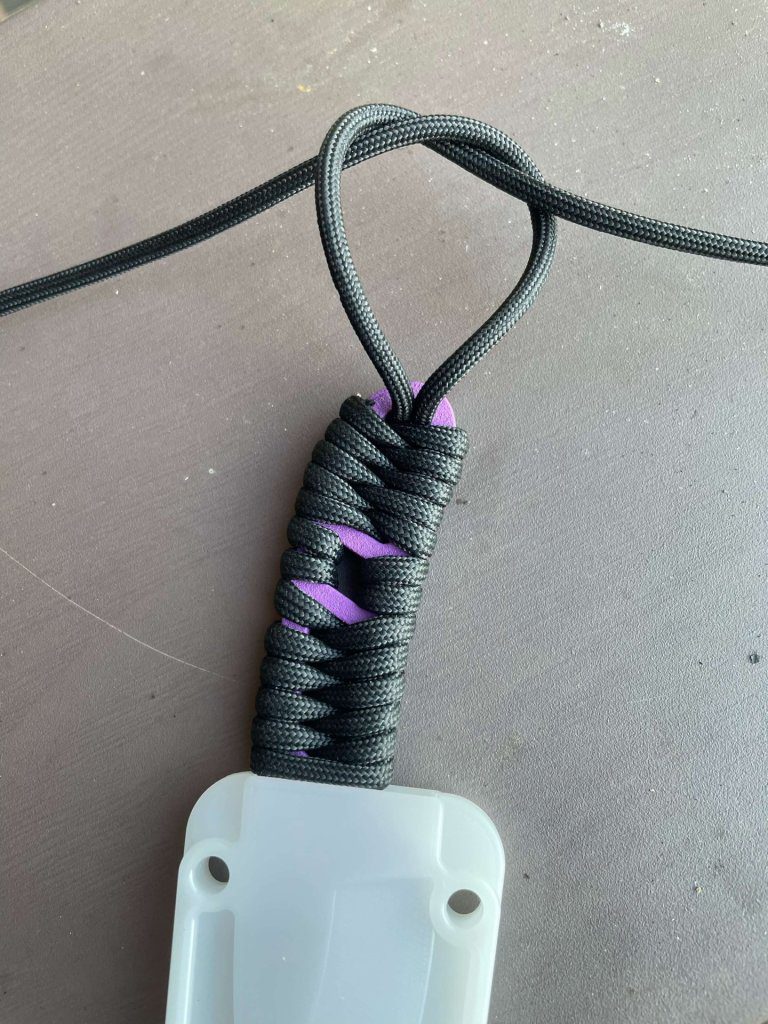
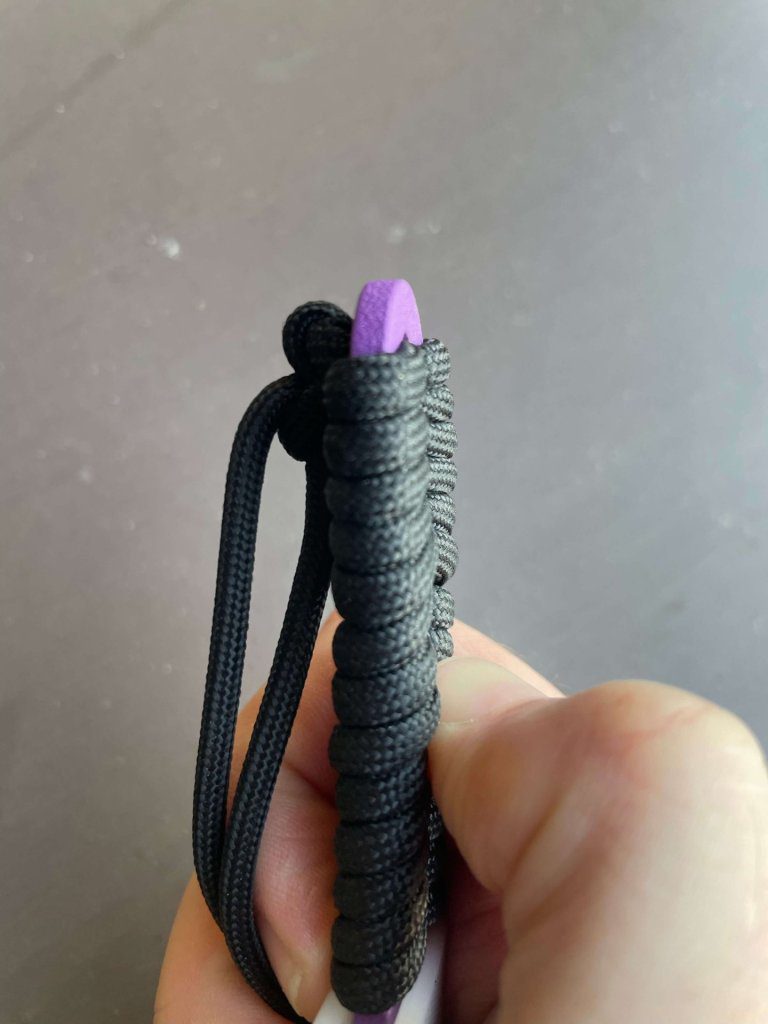
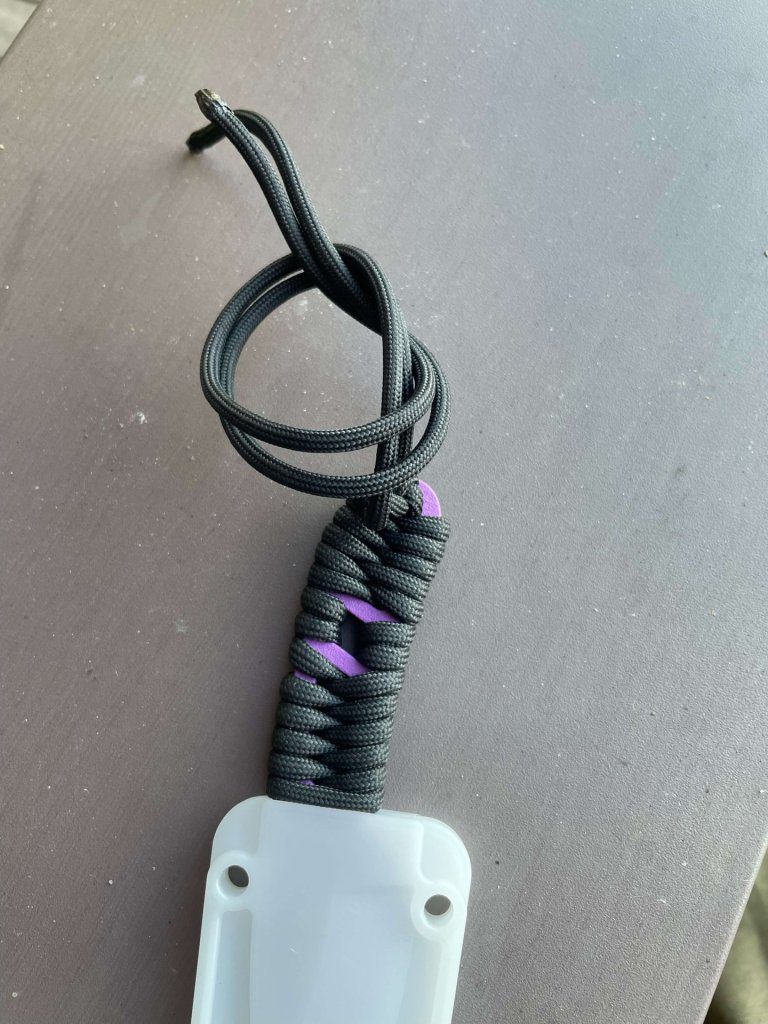
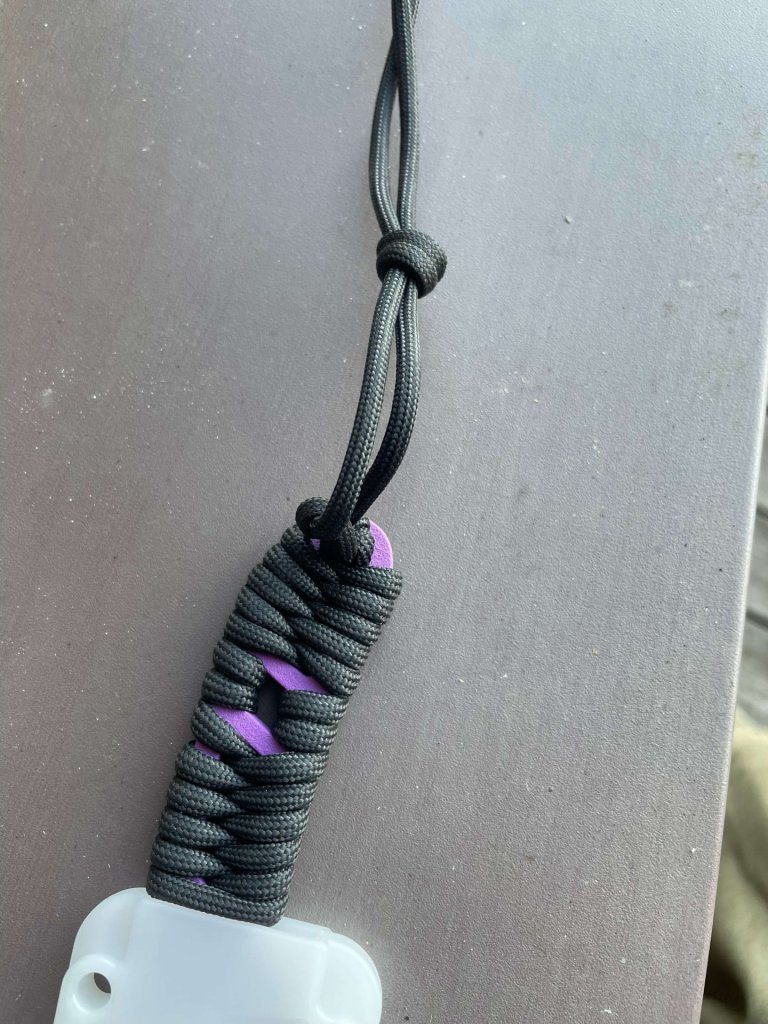
I like to tie the overhand knot securing the wrap on the left (port) side of the blade, because I often scout carry, and since I’m right-handed, having the knot on the left side keeps it off my back when I carry in that configuration.
Leaving a little excess paracord on the end also gives me the freedom to tie a loop from which I can hang the knife when it isn’t in use. It’s not something that’s totally necessary but it is nice.
One thing I would like to disclaim is that the process outlined here is just one of many ways to wrap an ESEE Candiru with paracord. There are many others and they work just as well as my method. So find and use the method that works best for you. If it’s mine that’s great and if not that’s great too.
Why Wrap an ESEE Candiru with Paracord in the First Place?
I touched on this in my previous article, but there are lots of good reasons to wrap a knife tang in paracord if the tang lacks scales.
The main reason to wrap this knife’s scales is to increase your purchase on the tang. The powder coat has a good tooth, so I’m not saying you’d slip, but the tang is thin, small, and uncomfortable to grab while it’s scale-less. I imagine it’s even more uncomfortable for people with large hands.
If you work a lanyard into the end as I have (and I’m not a lanyard guy) you will also extend the tang ever so slightly. The lanyard can also be folded back over the tang, doubling the width of the grip and giving you better purchase.
Moreover, if you choose a high-visibility paracord, like I did with my Izula (but not here), you will make it harder to lose your knife in the bush. I have never so lost a knife, for which I am grateful, but I imagine the experience is not a pleasant one. I have heard tales from people that have done as much and they are never happy stories.
Another reason to do this is because the process is easily reversible and you can take off or replace the paracord as needed. This means if you’re ever “out there” and need some cordage, it’ll already be right in your hand.
I am well-aware that paracord is a lot lighter, thinner, and more fragile than other materials that are commonly used to make knife scales. This is a blessing and a curse. On one hand, it makes it more comfortable to use the knife, but it also means the cord will fray and wear faster. That is true, but guess what else is? It is more cost-effective, and easier, to replace a paracord tang-wrap, than it is to replace other handle scale types.
I wouldn’t try to sell you on this, but there are some who go crazy for personalization, and wrapping your ESEE Candiru’s tang will instantly personalize it, so there’s that.
Here’s something I would try to sell you on: it’s cheap. A paracord wrap will cost you a fraction of the price of those scales that ESEE sells. They’re good, and I have some, but the frugal argument is heavily balanced in favor of paracord.
One thing I would have you know about paracord wrapping your Candiru. Paracord is absorbent, and ESEE has made the Candiru from 1095 steel. It is a great tool steel, but it rusts faster than you can imagine. Whatever you do, do not let the wrap get wet and not dry it off before you store the knife. The powder coat on the Candiru is good, but that’s still no excuse for abusing the knife.
Otherwise, you’re good to go with this ESEE Candiru mod.
Stay sharp.
~The Eclectic Outfitter